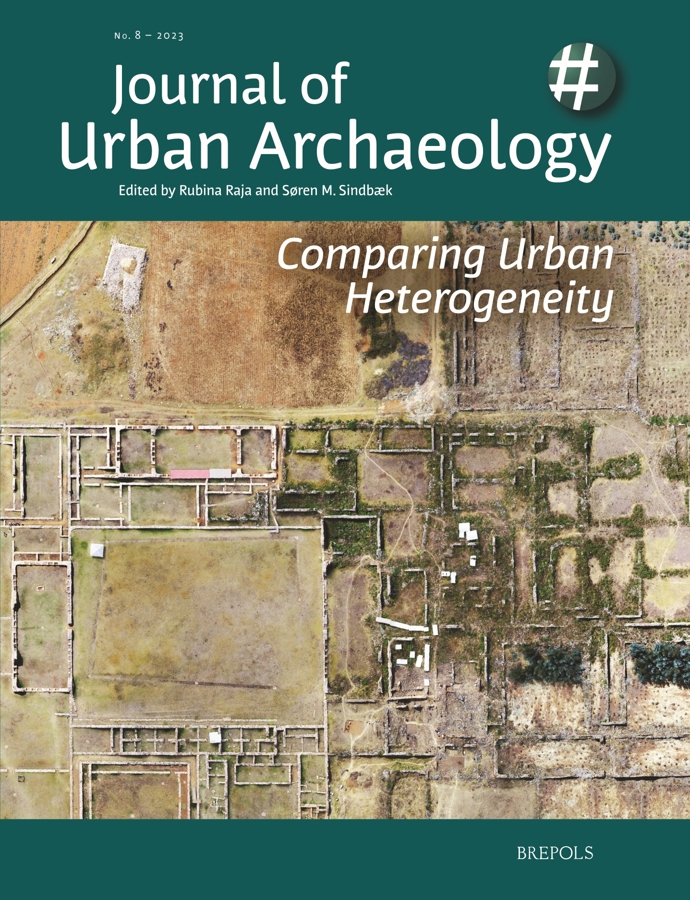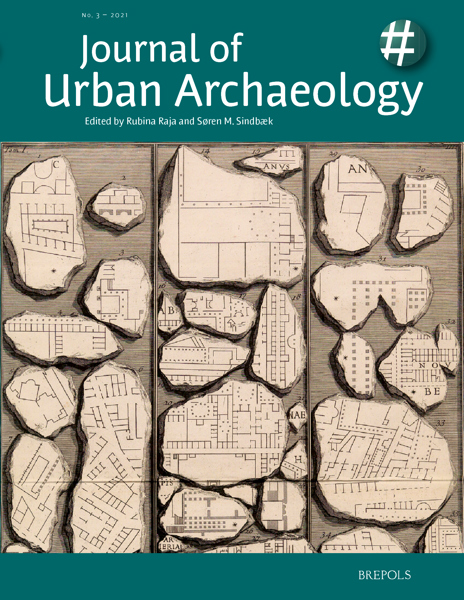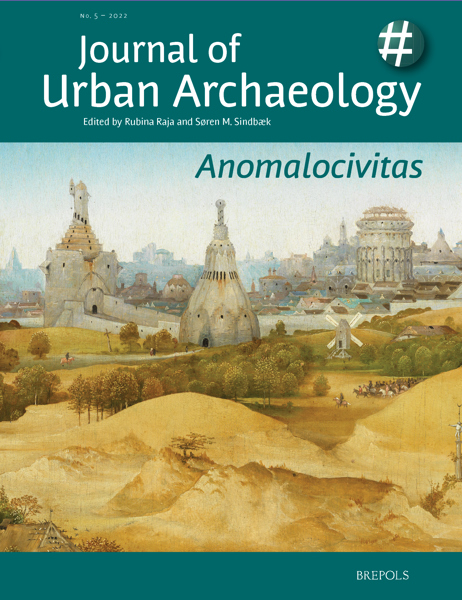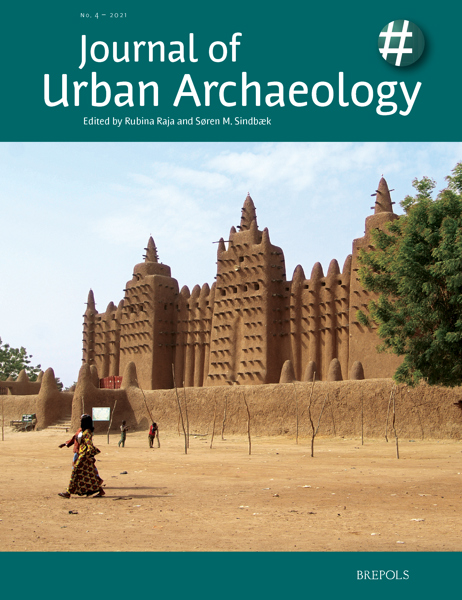
Journal of Urban Archaeology 8 (2023)
Comparing Urban Heterogeneity
- Pages: 196 p.
- Size:216 x 280 mm
- Illustrations:17 b/w, 48 col., 6 tables b/w., 22 maps b/w, 7 maps color
- Language(s):English
- Publication Year:2023
- € 55,00 EXCL. VAT RETAIL PRICE
- ISBN: 978-2-503-60381-0
- Paperback
- Available
- E-journal
- Available
In recent years, there has been a profound transformation in the way in which archaeology has engaged with early urbanism. Traditionally, urban societies have been defined by large, dense, and heterogeneous settlements, and their evolution thus used as a basic parameter for assessing and comparing social complexity on a global scale, and as a vector of the power of societies to generate and allocate resources for non-agricultural specializations. In line with this understanding, the key dimensions for assessing early urban sites and their evolution has traditionally been their size and density. With new developments in the field, however, a third element has come into play: heterogeneity. Empirical studies and theoretical critique are challenging the models that link urban settlements to a particular stage of social evolution, suggesting instead that there may be no consistent link between the size of urban societies and their potential to facilitate a diversity of identities and activities. At the same time, new archaeological methods are making it increasingly possible to identify such diversity, in terms of the origin and movement of inhabitants, or the flows and processing of materials. This special issue of the Journal of Urban Archaeology asks how we may reframe comparative archaeological studies of early urban societies to focus on the evolution of heterogeneity. The papers gathered here seek to explore the data and methodologies that can allow robust comparisons in this respect between places and societies; and the models that can frame an understanding of patterns, trajectories, and causation.
List of Illustrations
‘Large, Dense, and … Heterogeneous’: A Comparative Approach to Urban Heterogeneity
Rubina Raja and Søren M. Sindbæk
Combinatorial Evolution and Heterogeneous Cohabitation at the Giant Pyramids
Mark Lehner
Urban Heterogeneity in the Early Cities of Northern Mesopotamia
Augusta McMahon
The City of Dilmun and Evolving Technology, c. 2000 BC: Combinatorial Evolution and the Emergence Urban Heterogeneity
Steffen T. Laursen
From Anyang to Zhouyuan: Urban Heterogeneity in Bronze Age China
Li Min
A ‘Shoehorn’ at Altyn Depe: A Biased Application of the Urban Revolution Model of Vere Gordon Childe (1950)
Massimo Vidale and Gian Luca Bonora
Urban Heterogeneity and Technological Innovation in the Roman Empire
Miko Flohr
Relating Scale and Heterogeneity: Residuals, Scale-Adjusted Metropolitan Indicators, and Roman Cities – or, How Do We Assess Heterogeneity When Cities Are Different Sizes?
J. W. Hanson
Pre-Hispanic Andean Urbanism and its ‘Anti-Urban’ Peculiarities
Krzysztof Makowski




